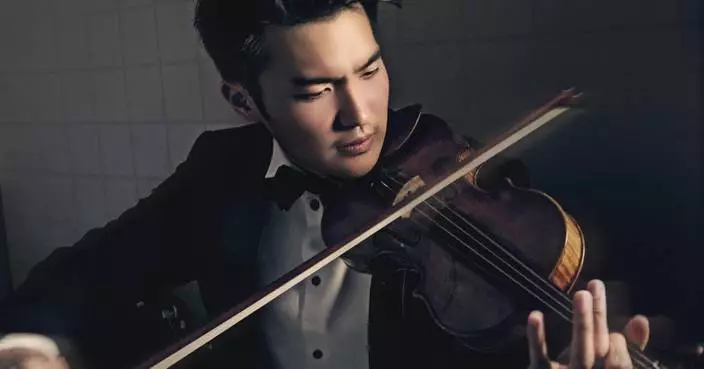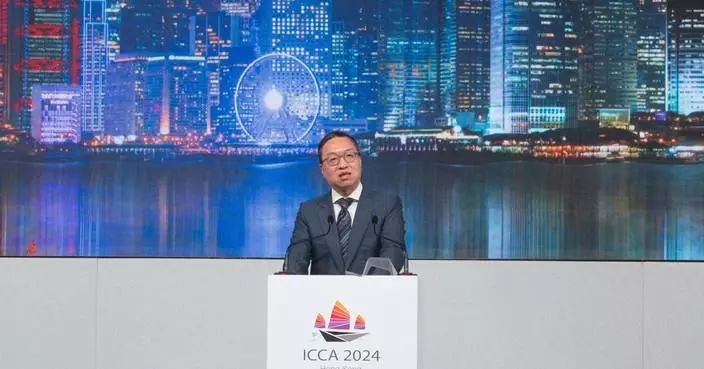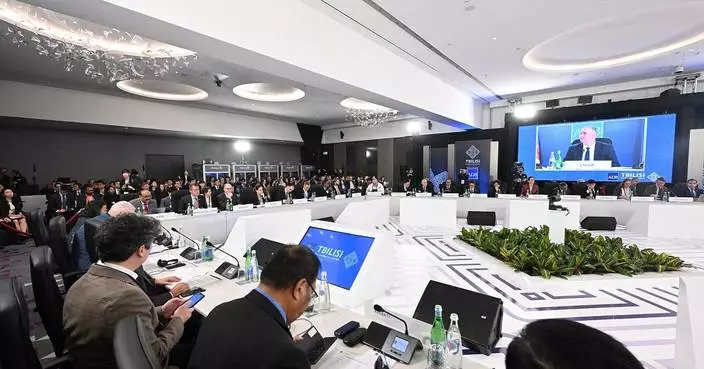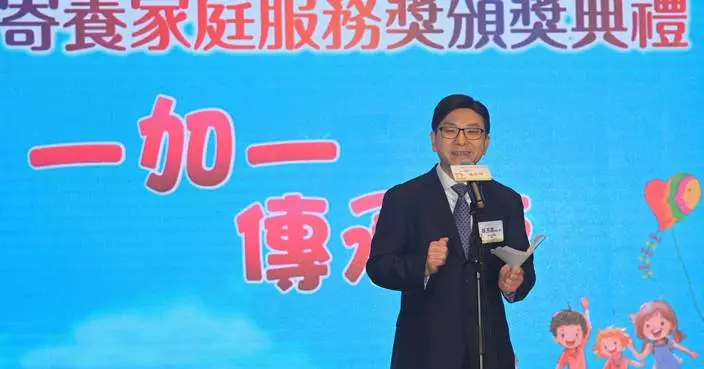Government introduces new pricing system and extends tender invitations for electric vehicle charging stations
The Government announced today (April 24) the ceiling price adjustment mechanism for charging electric taxis (e-taxis) and electric public light buses (e-PLBs) at designated quick charging stations (QCSs) and the extension of the tender invitation periods for sales of New Kowloon Inland Lot 6639 (i.e. No. 8 Kai Fuk Road, Kowloon Bay, Kowloon) and Sha Tin Town Lot 646 (i.e. Shan Mei Street, Sha Tin, New Territories) for converting into QCSs for electric vehicles.
A spokesperson for the Environment and Ecology Bureau said, "The Government announced today on the Environment and Ecology Bureau website (www.eeb.gov.hk/en/resources_publications/guidelines/index.html) the ceiling price adjustment mechanism for charging e-taxis and e-PLBs at designated QCSs. Giventhat tenderers may need more time to consider their tender submission issues, an extension of the tender invitation periods for three weeks will be provided for sales of the two lots, i.e. the tender closing dates for New Kowloon Inland Lot 6639 and Sha Tin Town Lot 646 will be on May 31 and June 21 respectively." Details of the extension of the tender invitation will be published in the Government Gazette on April 26.
The tender invitations for sales of New Kowloon Inland Lot 6639 and Sha Tin Town Lot 646 for converting into QCSs were originally published on March 1 and March 22 with the tender closing dates set on May 10 and May 31 respectively. Details of these tender invitations were published on the Lands Department website (www.landsd.gov.hk).
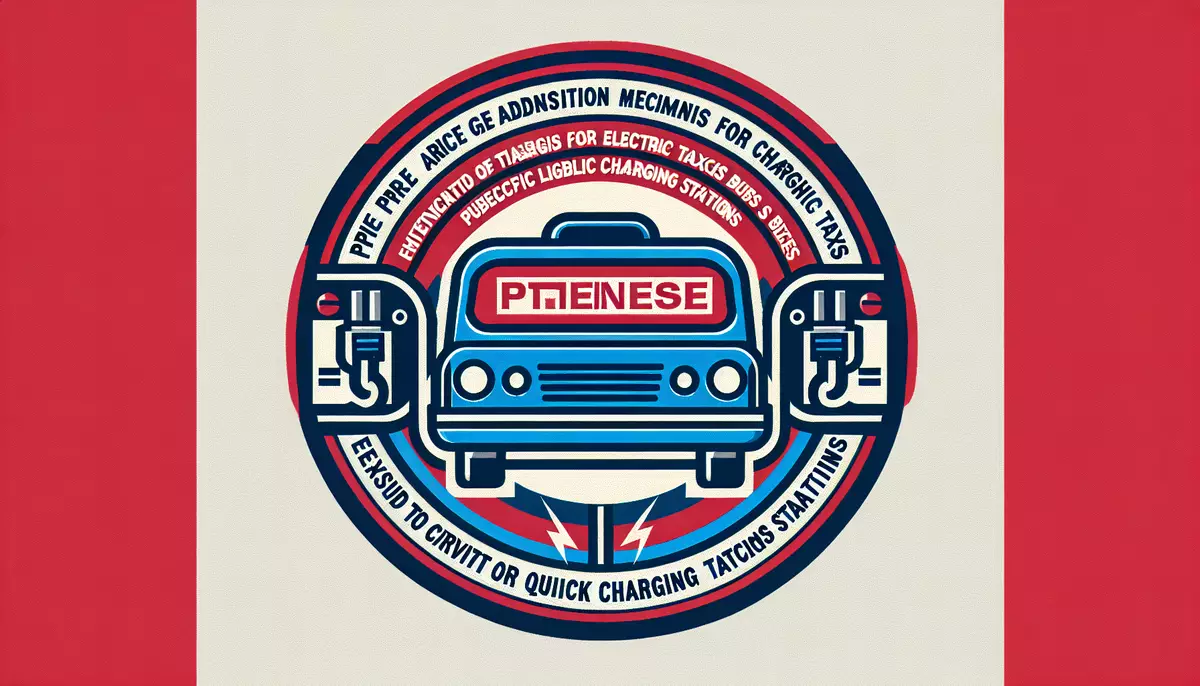
Source: AI-generated images
The blown sugar technique, included in Hong Kong's intangible cultural heritage list, is a traditional folk art with a history that dates back over 600 years. It is one of many cultural assets the Government is safeguarding through the Intangible Cultural Heritage Funding Scheme.
As one fine example of the scheme, blown sugar artist To Wun conducted a blown sugar technique workshop at one of the venues of the Hong Kong Society for Community Organization (SoCO) in Sham Shui Po.

Artistic experimentation: Participants of the workshop get the opportunity to try the sugar artistry themselves.
With a bit of pinching and the use of scissors, hot maltose is transformed into various animal shapes in an instant. Participants of the workshop are captivated as Master To showcases his extraordinary skills.
After observing, they get the opportunity to try the sugar artistry themselves. Master To begins by taking a droplet-like maltose and shaping it into a ball, rolling it, and swiftly pulling out a thin straw. Then, he invites participants to blow air into the ball, causing it to expand.
Apart from blowing sugar, they learn skills in pinching and cutting to achieve the desired shape as Master To demonstrates how to sculpt the maltose into different figures.
Unique experience
At the end of the workshop, SoCO Community Organizer Crystal Yuen said she was confident that the participants, each from disadvantaged groups in the grassroots community, experienced joy from the class.
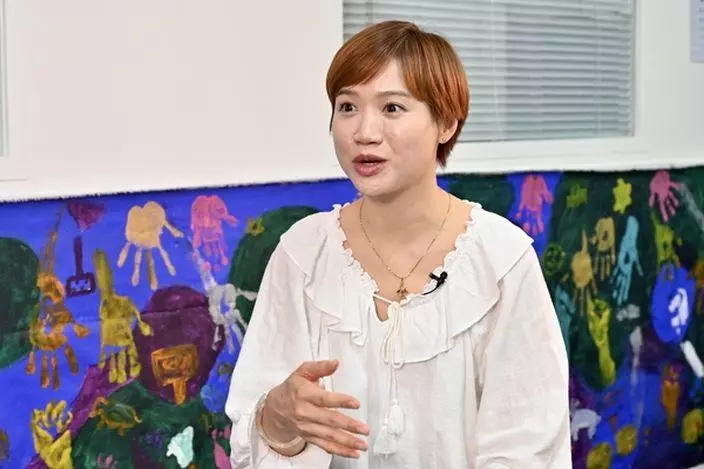
Enhanced insight: Hong Kong Society for Community Organization Community Organizer Crystal Yuen describes the workshop as a unique experience that gives participants a deeper understanding of concepts such as intangible cultural heritage.
“Even if what they created was not perfect, given it was their first attempt, I found that they were thrilled when showing me their final products.
“Their daily lives seem to be filled with unhappiness, encountering numerous unpleasant experiences or hardships, and their current living conditions may not be very favourable too. It is a unique experience for them that can deepen their understanding of concepts such as intangible cultural heritage.”
Preserving tradition
Master To said that he can relate to the participants.
“When I was young, my family relocated to Hong Kong. Initially settling in the city, we resided in subdivided housing due to financial constraints.”
He expressed a sense of fulfilment from being able to help the less fortunate and at the same time preserve this local tradition in a way that is both educational and fun.
“I find great satisfaction in being able to engage in the workshop and offer assistance to the participants, which brings me happiness. It also evokes memories of their youth and sparks conversations about unique experiences. For some, witnessing the process of blowing sugar is a novel encounter.”

Sugar sculpting: Disadvantaged groups in the community learn about the intangible cultural heritage behind the sugar blowing technique as blown sugar artist To Wun demonstrates how to sculpt the maltose into different figures.
Diversified strategy
The blown sugar technique workshop is just one of many projects funded under the Intangible Cultural Heritage Funding Scheme. The scheme is managed by the Intangible Cultural Heritage Office of the Leisure & Cultural Services Department.
The scheme’s main goal is to raise the public’s awareness of Hong Kong’s intangible cultural heritage in addition to supporting the transmission of such traditions.
By the end of 2023, a total of 124 projects have been funded under the scheme. The projects include research and publications, public programmes and education or promotion activities, transmission and training courses, festivals, and sacrificial rituals.
Cultural preservation
Leisure & Cultural Services Department Assistant Curator II Ruby Wong pointed out that there are currently about 480 intangible cultural heritage items in Hong Kong.
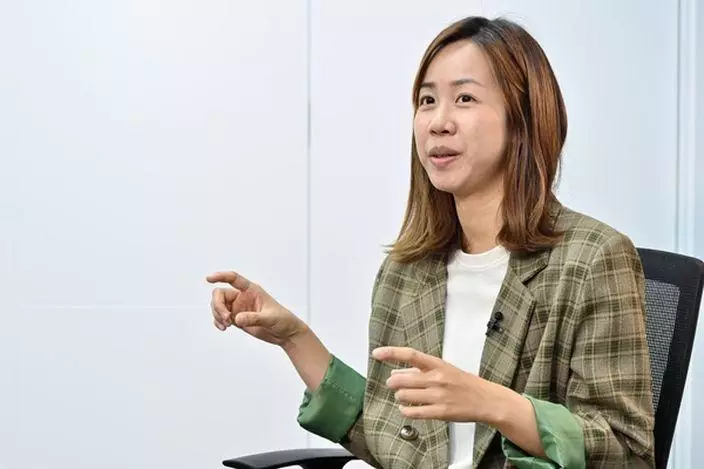
Expansive approach: Leisure & Cultural Services Department Assistant Curator II Ruby Wong points out that the department’s goal is to raise awareness about intangible cultural heritage items among various groups of people through various kinds of programmes supported by the Intangible Cultural Heritage Funding Scheme.
She explained that the office's goal is to raise awareness about these items among various groups of people.
“There were some programmes in the past that benefitted different groups of people in society. For example, we funded some guided tours and group visits to our Intangible Cultural Heritage Centre for the physically disabled people. We also paid to promote Nanyin to visually impaired students. And we also funded some workshops for minority groups of people to teach them the culture of spring scrolls and also the Cantonese dialect.”









